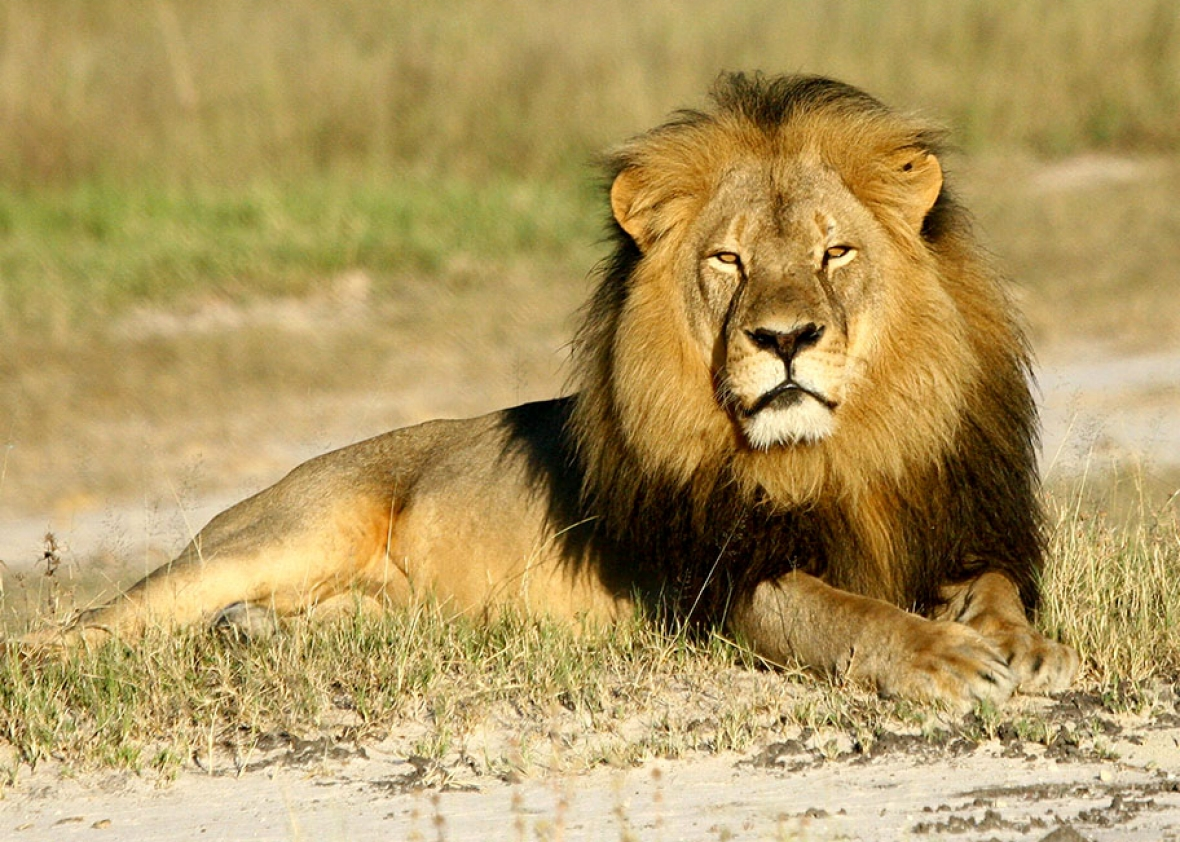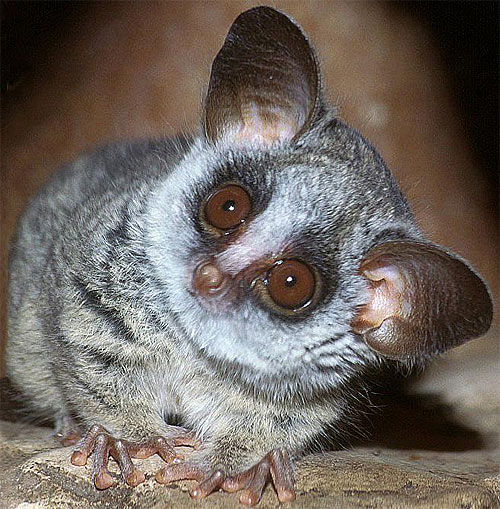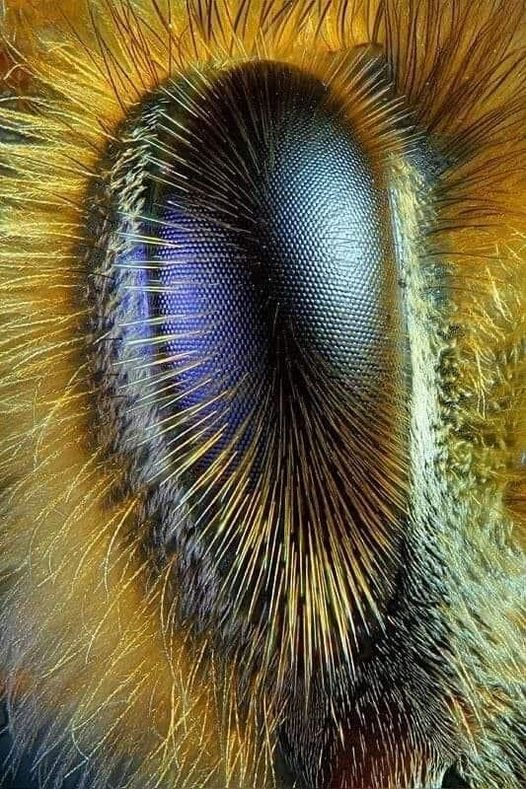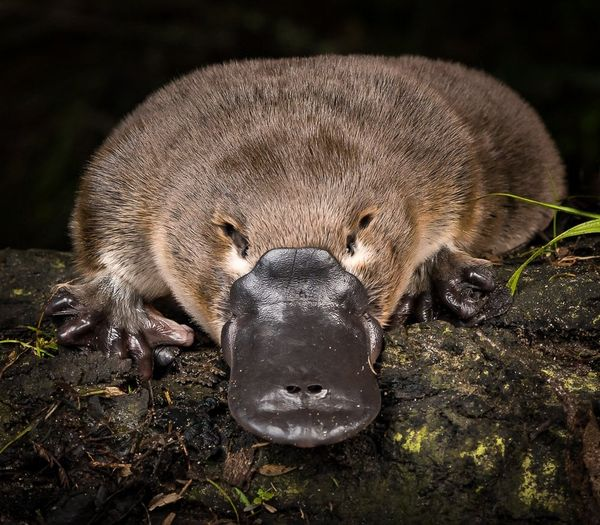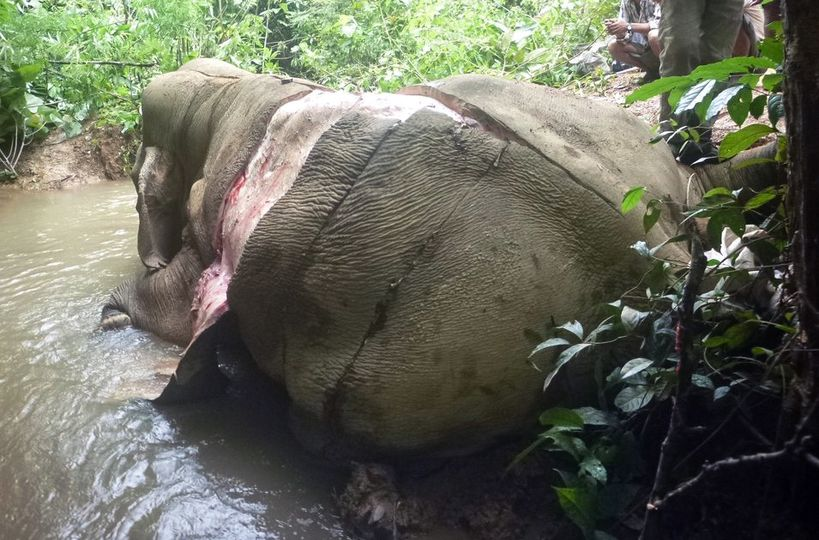4 May 2021
Why don't giraffes faint
If we had to dip our head like a giraffe we would faint from the rush of blood to our brain... So, how on earth does the giraffe do that with such a long neck – without any sign of discomfort?
When a giraffe lowers its head, a network of elastic-walled blood vessels – at the base of the brain, expand to absorb that rush of blood. If they never had that great adaptation, that necessary act would cause great damage.

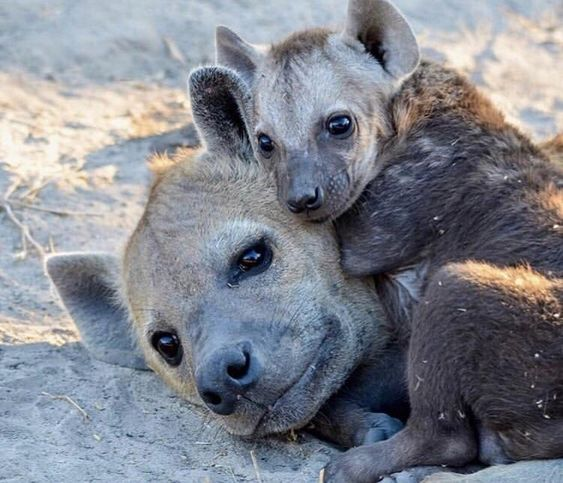
This enormous continent is home to many fantastic wild animals and the two we identify with the most, or most iconic, most popular. Well... 'most' of everything, is the lion and then the elephant. I have much to say about the prey animal – the elephant, but this post is about Africa's two top predators – The African lion and the largely ignored, Spotted hyena – Africa's two top predators. I am, however, focussing and highlighting that phenomenal intelligent fighter that is unfortunately greatly underestimated – the spotted hyena. They are and will always be Africa's greatest warrior. The first clear sign is that they are born into brutality and only the strongest will survive. Spotted hyena cubs are born with eyes open and already armed with teeth. The reason for that is that they have to fight for their survival from the moment they are born. The mother only has two teats and sometimes three cubs are born – not the usual amount, one or two. Competition for food is fierce and to survive the cubs have to fight from the moment they are born. Even if there are only two cubs born – the competition for food never fades and this they carry forth to adulthood – and in the end only one or more rarely, only two cubs will remain if there were three (an example).

Due to mankind's involvement, they are no longer kings, except in the minds of a few. The mighty is now reduced to 'vulnerable to extinction' and found in threatened and small, scattered populations over the continent as most of their original hunting grounds have been turned into agricultural lands (one reason, but a big one). The highest, but greatly threatened, wild lion populations are found in southern Africa.

